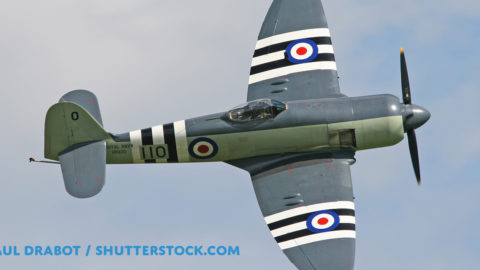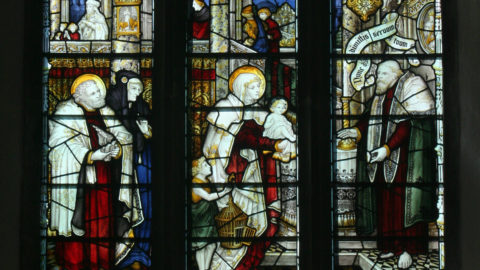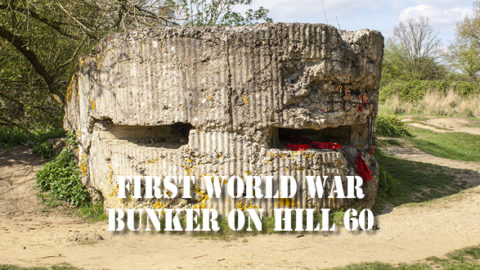Nelson’s Links To Slaugham
This month is Trafalgar Day, a date that marks the victory by the Royal Navy, led by Vice-Admiral Horatio Nelson, over the combined French and Spanish fleets at the Battle of Trafalgar on October 21 1805. To commemorate the day, RH History Uncovered looks at the special links of one of Britain’s most revered and respected seamen and the village of Slaugham.
Noted for his inspirational leadership, grasp of daring strategy, and unconventional tactics, these strong attributes resulted in decisive British naval victories, particularly during the Napoleonic Wars and have placed Lord Nelson as one of the nation’s great heroes. As well as national and international recognition, Lord Nelson has Sussex links through his sister Catherine Matcham who lived in the village of Slaugham.
Lord Nelson would visit his sister in the village and whilst visiting he would attend St Mary’s, Slaugham’s church. It is said that Nelson enjoyed walks in woodland on visits to the village and legend has it that workers on his sister’s estate where he would stay nicknamed him the little man in the cocked hat, and it was while in Slaugham that Nelson was appointed Commander-in-Chief of the Mediterranean Fleet.
Upon being appointed Commander-in-Chief of the Mediterranean Fleet, Lord Nelson was asked to go to sea and was given the HMS Victory as his flagship which he joined at the port city of Portsmouth in Hampshire. The battle of Trafalgar commenced on October 21 1805 off the coast of Spain’s Cape Trafalgar Peninsula with the leader of the British fleet, Lord Nelson’s immortal battle cry – “England expects that every man will do his duty”.
The British Fleet took on a combined French and Spanish force to determine who would rule the waves. Locked together in a deadly ballet, British and French ships blasted each other at point-blank range. A French shooter took aim at the deck of the HMS Victory and sent a fatal musket ball into Lord Nelson’s left shoulder, the bullet penetrated his upper body before entering his lower back.
Following the Battle of Trafalgar and Nelson’s death, his body was taken from the HMS Victory at the mouth of the Thames. After laying in state in at Greenwich for three days, Nelson was taken upriver aboard a barge before the funeral procession consisting of 32 admirals, more than a hundred sea captains, and an escort of 10,000 soldiers took the coffin to St Paul’s Cathedral for a four-hour service.
Today, the grave of Nelson’s sister Catherine Matcham can be found in the Slaugham’s St Mary’s Church graveyard. Lord Nelson would sadly not return to the small Sussex village which he visited frequently over the years to see his sister, following his appointment as Commander-in-Chief of the Mediterranean Fleet, he was engaged in battle at sea until his death as the Battle of Trafalgar
raged in October 1805.
By Jacob White




